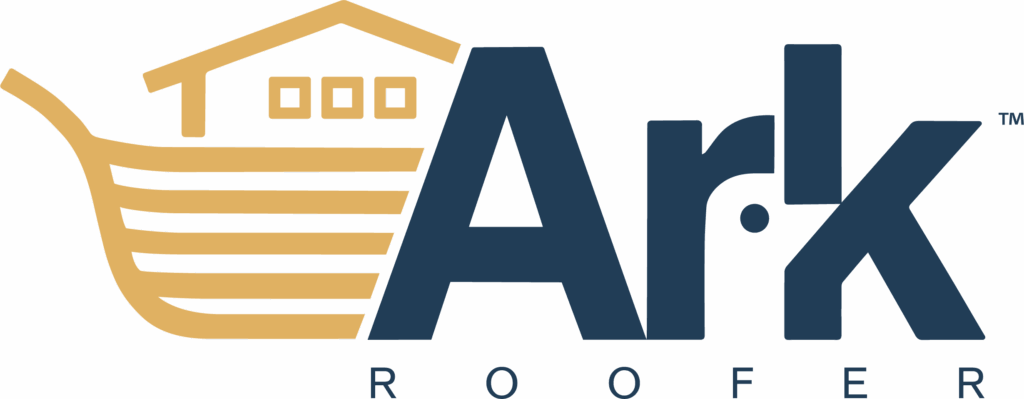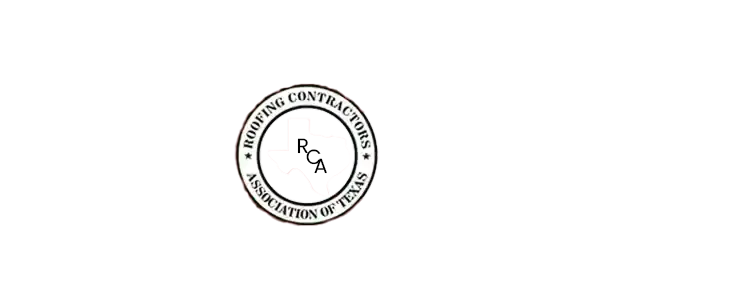ArkCertified™
Roof Inspection Process
What Is An ArkCertified™ Inspection?
A properly installed roof begins with a thorough and meticulous assessment. We have designed our inspection process to gather as much information about your home’s damages and potential hazards. We take numerous detailed images to document as much evidence of damage, even if the damages aren’t storm-related – for your information and convenience. For peace of mind, we provide you with all the detailed documentation we found for your records, even if you choose not to proceed with Ark Roofer. Our aim is to provide you with every detail you need to make the most well-informed decision for your home.
Proud to be recognized by Owens Corning®️ as a 2025 Top Performer & Product Excellence Award Winner.



The
Inspection
You and Your Roof Deserve
- See For Yourself
- Proceed With Confidence
- Breathe Easy
While inspecting from within your attic, we provide a courtesy safety test to ensure there are no hidden dangers to you and your family.
- Make A Fully-Informed Decision
Watch Our
Roof Inspection
Process In Action
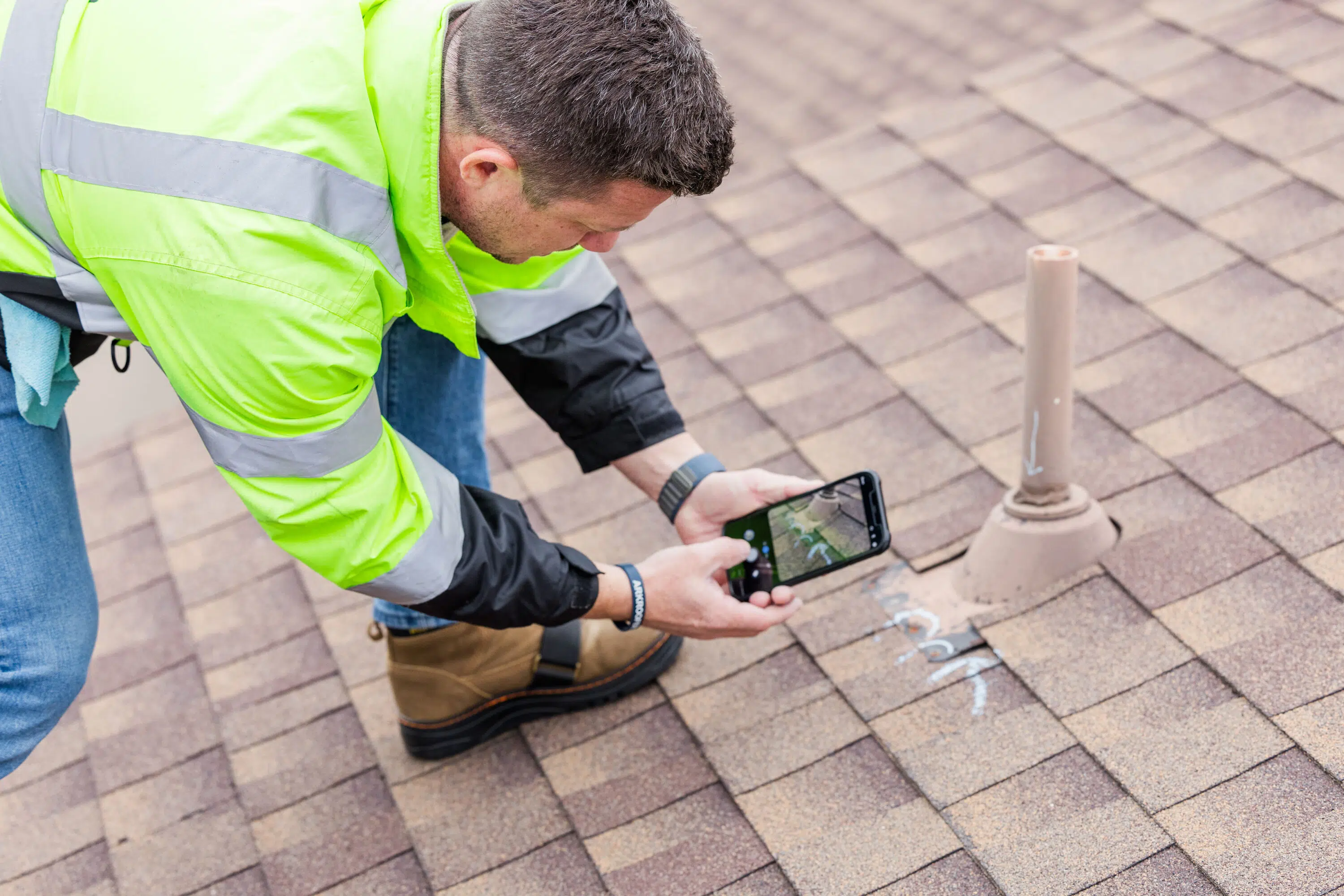
Our 360°
ArkCertified™
Inspection
Our thorough inspection process starts with a comprehensive visual assessment. We take detailed notes, photograph every relevant detail (no matter how minor), and collect precise measurements. This ensures we identify not only storm and hail damage but also any pre-existing issues or an improper roof installation that could be affecting your roof’s structural integrity, or causing unseen damages.
Your safety and property are our top priorities. Throughout the roofing inspection, we utilize specialized roofing shoes to protect your shingles from our footsteps, adhere to strict ladder safety protocols to keep us safe, and take precautions to protect your gutters from our ladders.
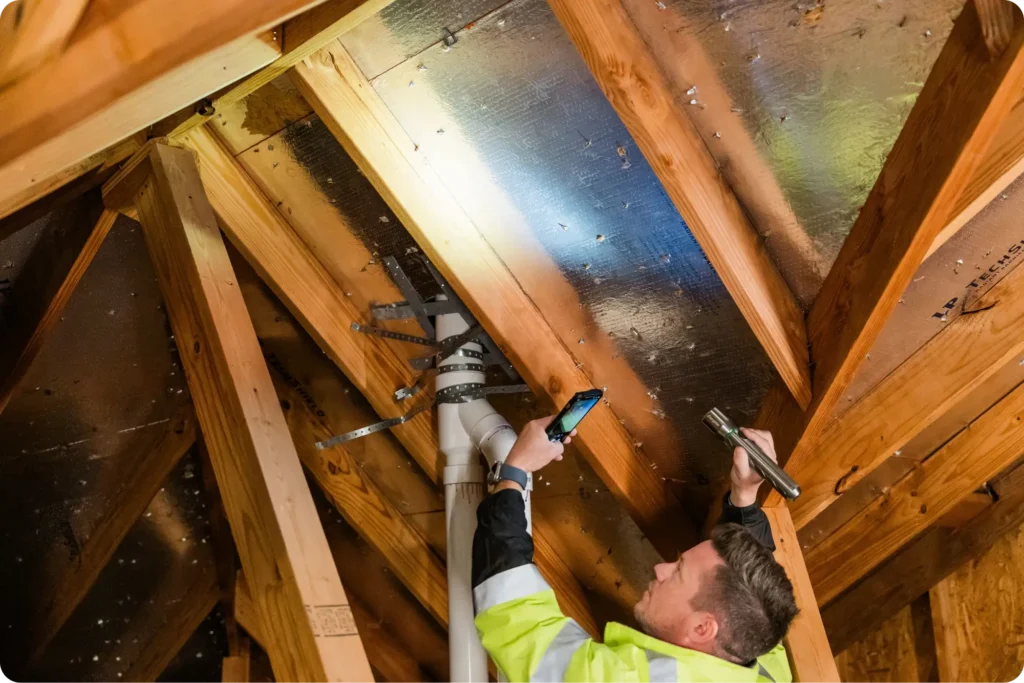
Inside the Attic
Lastly, we inspect the underside of your roofing system from within your attic to look for signs of leaks and other damages.
- Decking – Rotted or compromised decking does not only pose a serious risk of water damage inside your home but can also become a dangerous liability for roofing crews working on your roof.
- Rafters and Trusses – Water damage to the rafters and trusses, can also compromise the structural integrity of your roofing system, requiring even more costly repairs if left untreated.
- Gas and HVAC Lines – Inspecting that any utility or HVAC line within the attic is up to code ensures that when a roofing crew is installing your new system they will not accidentally puncture any lines that may be near or are touching the decking.
- Attic Ventilation – We assess your attic’s breathability by ensuring that areas with soffit vents allow plenty of light and that particularly stagnant parts of the attic have proper ventilation.
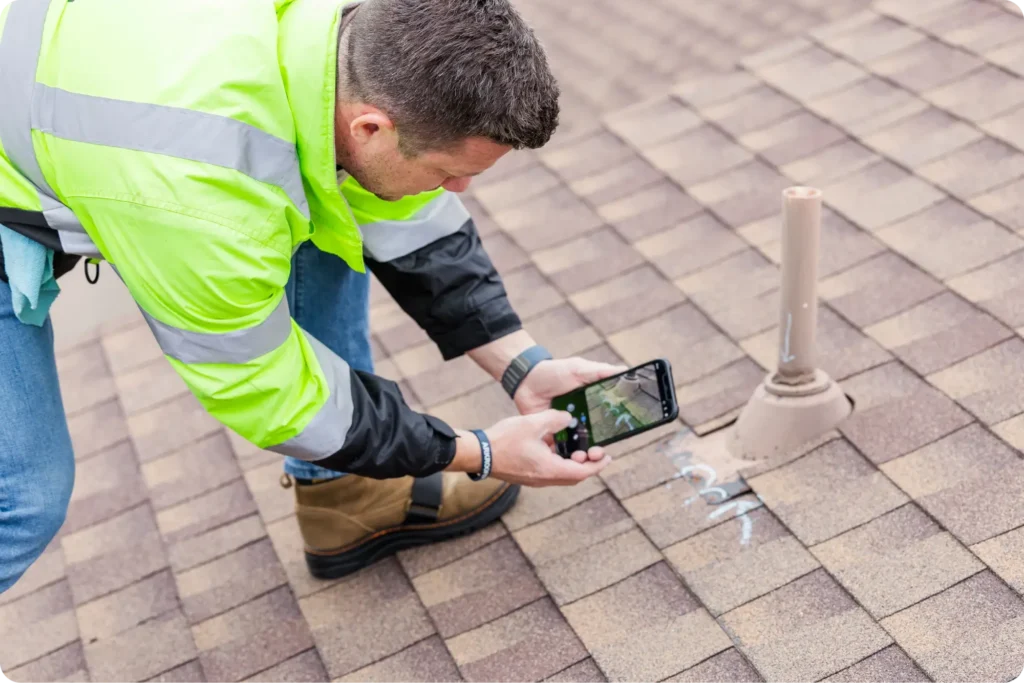
On the Roof
Once on top of your roof, we take overview images from every angle on your roof so that we can easily reference any area we may need to in the future.
- Drip Edge, Flashing, and Gutters – Before fully climbing onto the roof, we inspect the edge of your roofing system to determine how the previous system was installed at the edge, which can reveal potential issues.
- Metal Components – We mark and notate evidence of damage on all metal components, such as pipes, vents, and flashings.
- Gutters – Clogged or improperly installed gutters can lead to rotted trim, fascia, and even interior staining and leakage.
- Existing System – We identify and document the specific type and quality of either shingles, metal, or tile so that your insurance claim replaces your roof with the same or like-kind roofing system.
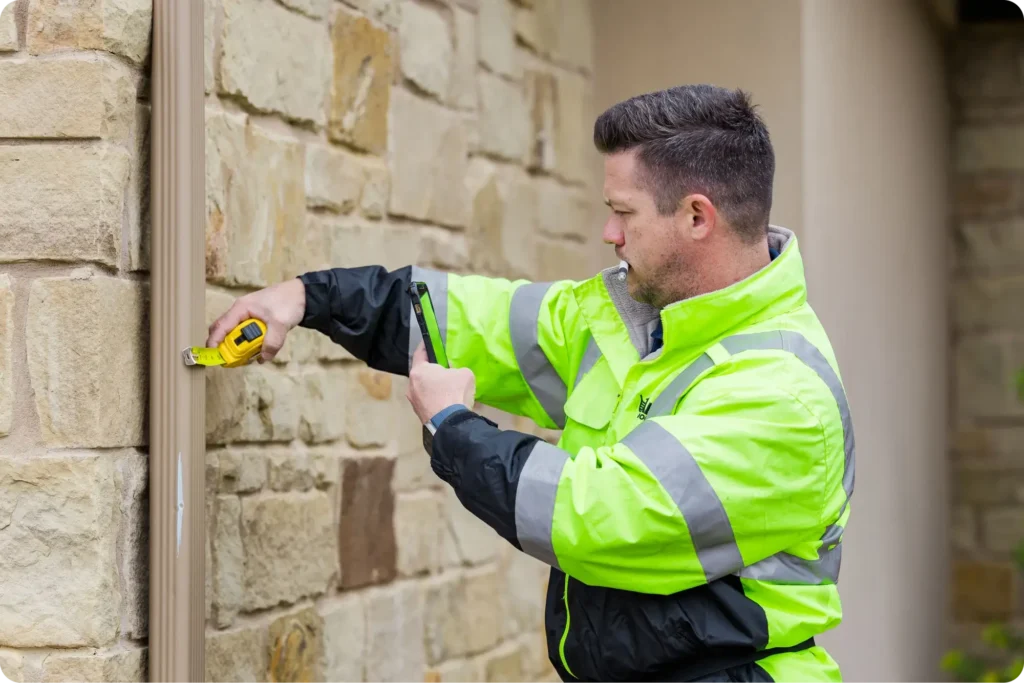
From the Ground
After we arrive, we begin our 360º property walk-around, checking for and notating all signs of damage, weather-related or not.
- Exterior Home Components – Such as gutter downspouts, garage doors, window screens and trim, AC units, etc.
- Outdoor Structures – Including sheds, fences, playsets, landscaping accessories, pool area and components, etc..
Our 360° ArkCertified™
Inspection
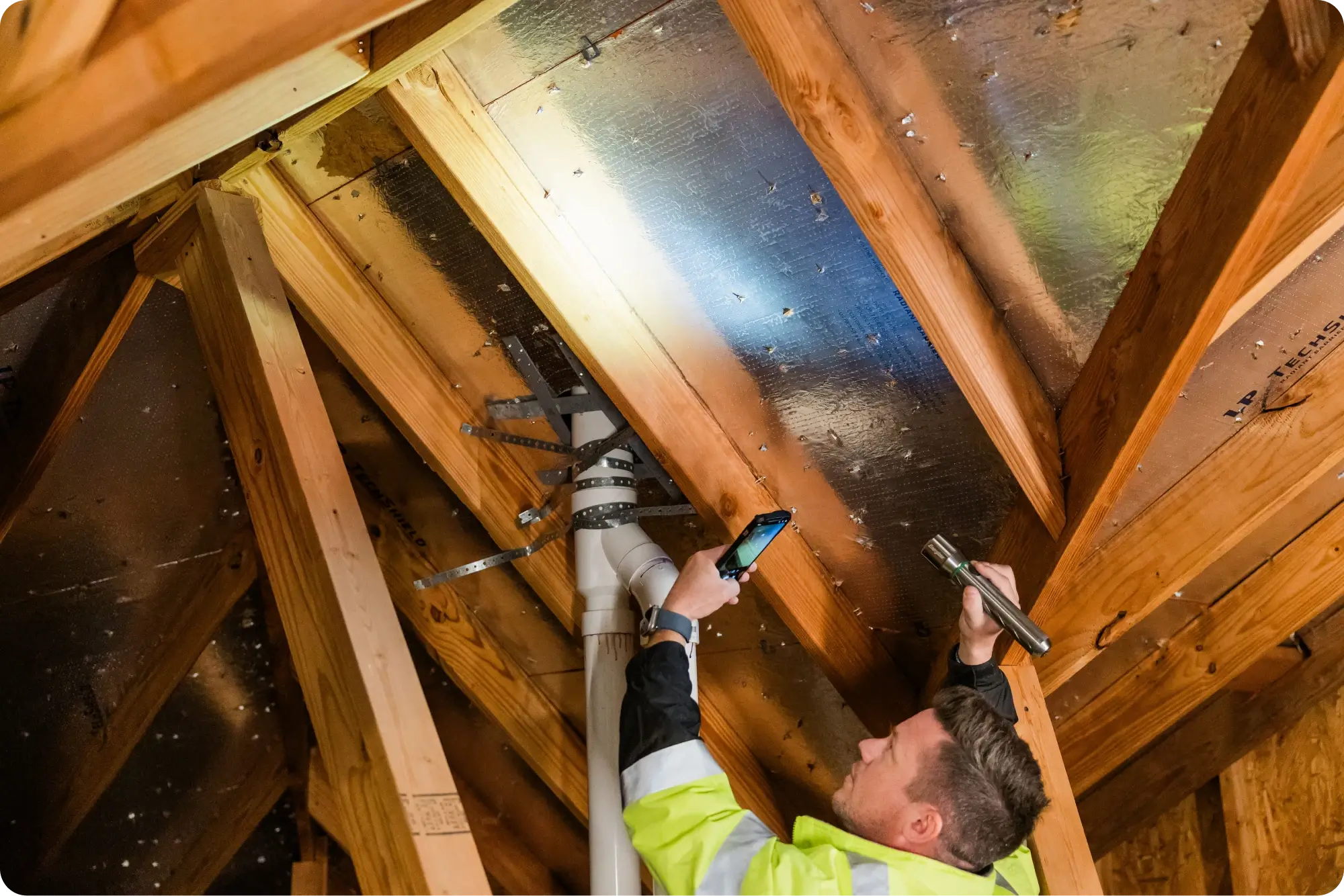
Inside the Attic
Lastly, we inspect the underside of your roofing system from within your attic to look for signs of leaks and other damages.
- Decking - Rotted or compromised decking does not only pose a serious risk of water damage inside your home but can also become a dangerous liability for roofing crews working on your roof.
- Rafters and Trusses - Water damage to the rafters and trusses, can also compromise the structural integrity of your roofing system, requiring even more costly repairs if left untreated.
- Gas and HVAC Lines - Inspecting that any utility or HVAC line within the attic is up to code ensures that when a roofing crew is installing your new system they will not accidentally puncture any lines that may be near or are touching the decking.
- Attic Ventilation - We assess your attic’s breathability by ensuring that areas with soffit vents allow plenty of light and that particularly stagnant parts of the attic have proper ventilation.

On the Roof
Once on top of your roof, we take overview images from every angle on your roof so that we can easily reference any area we may need to in the future.
- Drip Edge, Flashing, and Gutters - Before fully climbing onto the roof, we inspect the edge of your roofing system to determine how the previous system was installed at the edge, which can reveal potential issues.
- Metal Components - We mark and notate evidence of damage on all metal components, such as pipes, vents, and flashings.
- Gutters - Clogged or improperly installed gutters can lead to rotted trim, fascia, and even interior staining and leakage.
- Existing System - We identify and document the specific type and quality of either shingles, metal, or tile so that your insurance claim replaces your roof with the same or like-kind roofing system.
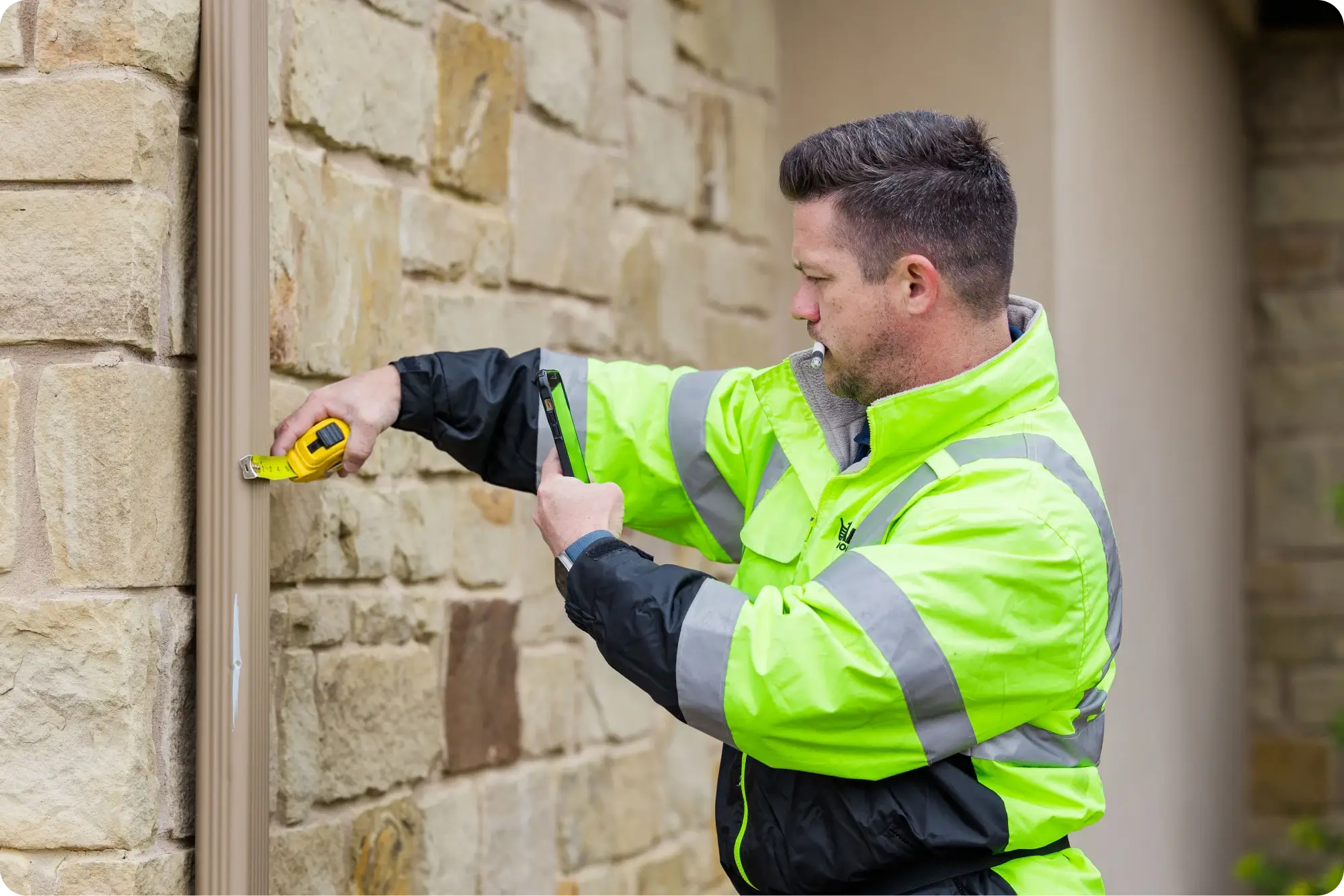
From the Ground
After we arrive, we begin our 360º property walk-around, checking for and notating all signs of damage, weather-related or not.
- Exterior Home Components - Such as gutter downspouts, garage doors, window screens and trim, AC units, etc.
- Outdoor Structures - Including sheds, fences, playsets, landscaping accessories, pool area and components, etc.
Ready To Discover The Status Of
Your Roof
What Your
Neighbors Are Saying?
Laura H.
Cedar Park, TX
We had Jeff out to inspect our roof after noticing shingle granules on our back patio. From the first phone call, he was friendly and professional. He checked in via text to confirm our address the day before the appointment and texted the day of to let us know when he’d arrive.
Once here, he worked quickly to assess the situation, sending us pictures to support his conclusions. In the end, he advised us against getting a repair/filing a claim because the wear was minimal. He did find some minor issues that he offered to fix free of charge.
Given other experiences we’ve had this year with repair people, I was fully expecting the hard sell but that’s clearly not Jeff’s style. I truly can’t recall a more pleasant interaction with a contractor. While technically we didn’t have any real work done this time, Jeff made an incredibly positive impression on us. Therefore, someday when the Texas weather inevitably results in the need for a roof repair, you can be sure we’ll only be making one call — Ark Roofer!
David G.
Lago Vista, TX
Needing to have my roof replaced as a result of hail damage was made a lot easier because Ark Roofer approached the issue in the most businesslike and comprehensive manner possible. My other roofer bids were simple and easy to deal with but lacked the certainty I was looking for. Additionally Ark Roofer was incredibly thorough and found things missing from the original insurance company evaluation. Ark Roofer took care of providing the insurance company with needed information and additional money was paid by my insurance company to complete all repairs. Great job!
Mario G.
The whole team at Ark Roofing was very professional and communication was excellent! The day of roof replacement, the guys were on time, protected all of our plants, worked around over hanging trees (this was an inconvenience to another company and was going to charge more). Overall, very satisfied with their work. I would highly recommend calling Ark Roofer for your inspection as they will educate and walk you through the entire process.
I worked with Brent. He was very knowledgeable, took time to educate, and most importantly he was honest.
Thank you Brent and Ark Roofer for making this process easy!”
Google rating score: 5.0 of 5, based on 430 reviews
Subscribe Now to the Ark Gazette
Receive Seasonal Tips, Inclement Weather Updates, Regional News, and Exclusive Offers
Ready To Take The First Step Towards
Restoring Your Roof?
No Commitment Required
No Sales Games
No Pressure, Ever


